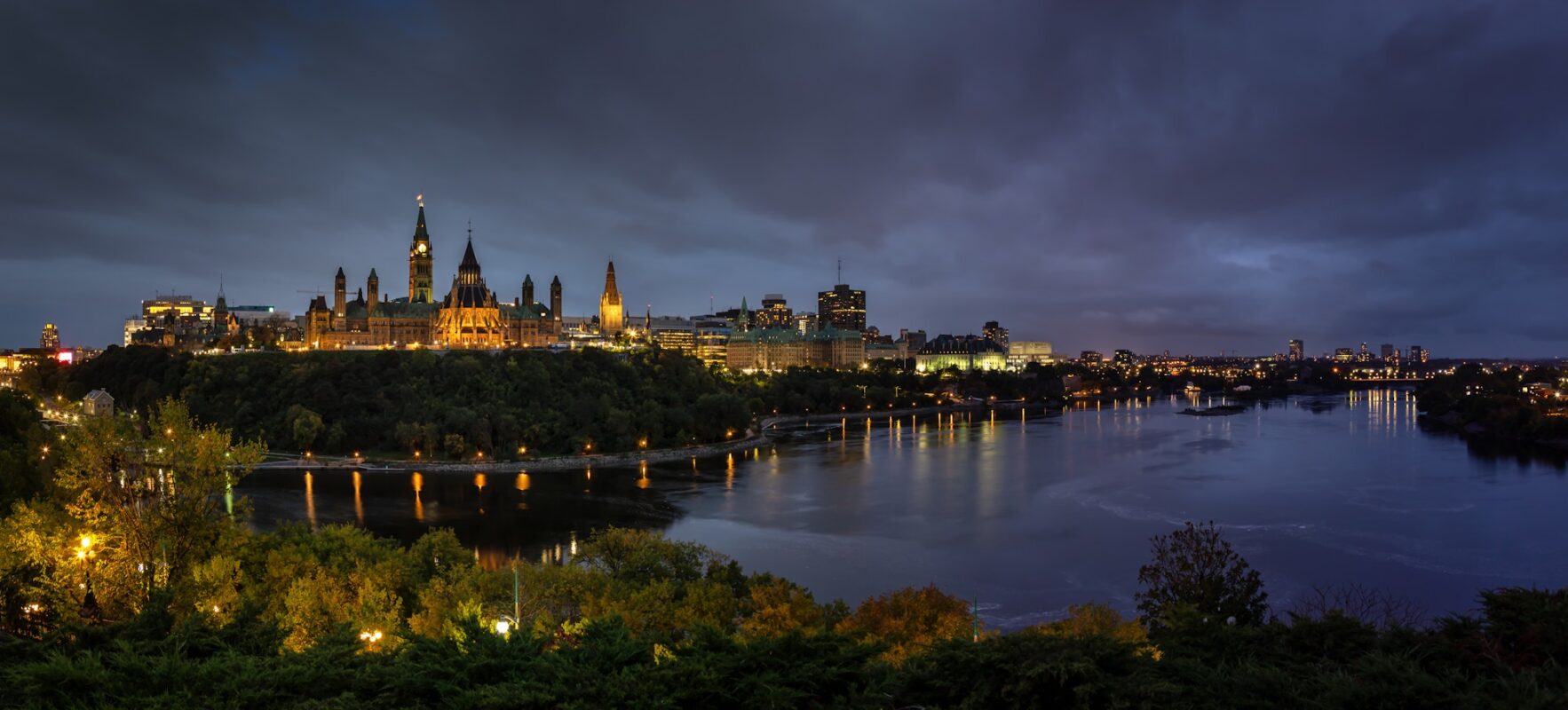
27 January 2016 (updated 28 Jan; corrections made Jan 29.)
At the adoption of the comprehensive review of the Official Plan (OPA 150) in November 2013, Council requested a review of Ottawa’s strategy on the amount and location of employment lands, to be completed in partnership with the development industry. Council also asked for a study of economic development opportunities and servicing possibilities at 400-series Highway interchanges, and referred several specific sites to the new study.
The City hired Hemson Consulting, Urban Strategies Inc. and Stantec as consultants. Until her retirement, Judy Flavin was the staff planner; the file is now with Royce Fu. There is a Sponsors Group of Councillors (Councillors Harder, Tierney, Egli, Moffatt and Blais). Completion of this study is one of the demands made by Walton and Taggart in their motion, heard by the OMB last August, to put OPA 150 on hold (a Decision has yet to be issued).
The Greenspace Alliance is monitoring this work out of concern that a need for more employment lands could be a rationale for expanding the urban boundary.
A Stakeholder Workshop was held on April 30, 2015. The deck used for that workshop is here (5.2 MB).
The deck offers some statistical evidence about the distribution of jobs and jobs-per-household within city boundaries. Jobs per household range from 1.9 inside the Greenbelt, to 1.3 in Kanata and 0.3 to 0.5 most everywhere else. Overall employment is not to be equated with jobs in Employment or Enterprise Areas. The deck does not offer an analysis of Employment/Enterprise Areas per se but cites as a preliminary finding that “New industrial parks outside the Greenbelt likely will be needed over the long term, and locations close to highways likely will be the most attractive” (slide 50).
In almost the same breath (slide 53), a preliminary conclusion from a supply-and-demand analysis is that there is “a sufficient supply of land to accommodate employment growth beyond 2041.” The existence of that surplus opens the door to consideration of possible conversion of some employment lands to other uses.
There is some statistical information about forecast employment growth to 2031 (125,000 jobs) and land supply in business parks. Other data and forecasts display employment by geographic area and based on land type (2001-2031). In the end (slide 72), the preliminary result is that, to 2041, the total planning need for employment land (broad scope) is 800 to 910 ha (depending on one’s density assumption), compared to a current supply of 1,050 ha. This is consistent with the City’s earlier employment land studies.
A second Stakeholder Meeting was held on January 20, 2016. The deck used then is here (2.8 MB).
Considering the City’s investment in transportation infrastructure, the study is now recommending that the 1.3 jobs/household objective in each urban community in the Official Plan should be abandoned in favour of a “one city” approach. Looking at specific locations of new Employment Areas it finds some (Kanata West, 416 Business Park) better positioned than others (Riverside South, Airport, South Orleans). It confirms the supply-and-demand analysis, now specifically finding a surplus of 421 ha in Employment and Enterprise Areas by 2031 and 91 ha by 2041.
Granual changes are proposed for eight specific urban Enterprise or Employment Areas (slides 18-34): Kanata West, Kanata North, Kanata South, Bells Corners, Riverside South, Albion-Leitrim, South Orleans, and Ottawa River (Cumberland).
The second part of the meeting (slides 37-46) was devoted to employment in rural areas, including the potential for employment land designations at highway interchanges. Five areas rise to the top: Highway 417/Carp Road, Highway 416/Fallowfield Road, Highway 416/Barnside Road, Highway 417/Boundary Road, and Highway 417/Rockdale Road.
A draft report is expected in March. An Official Plan Amendment is likely in the fall.
E.D.
